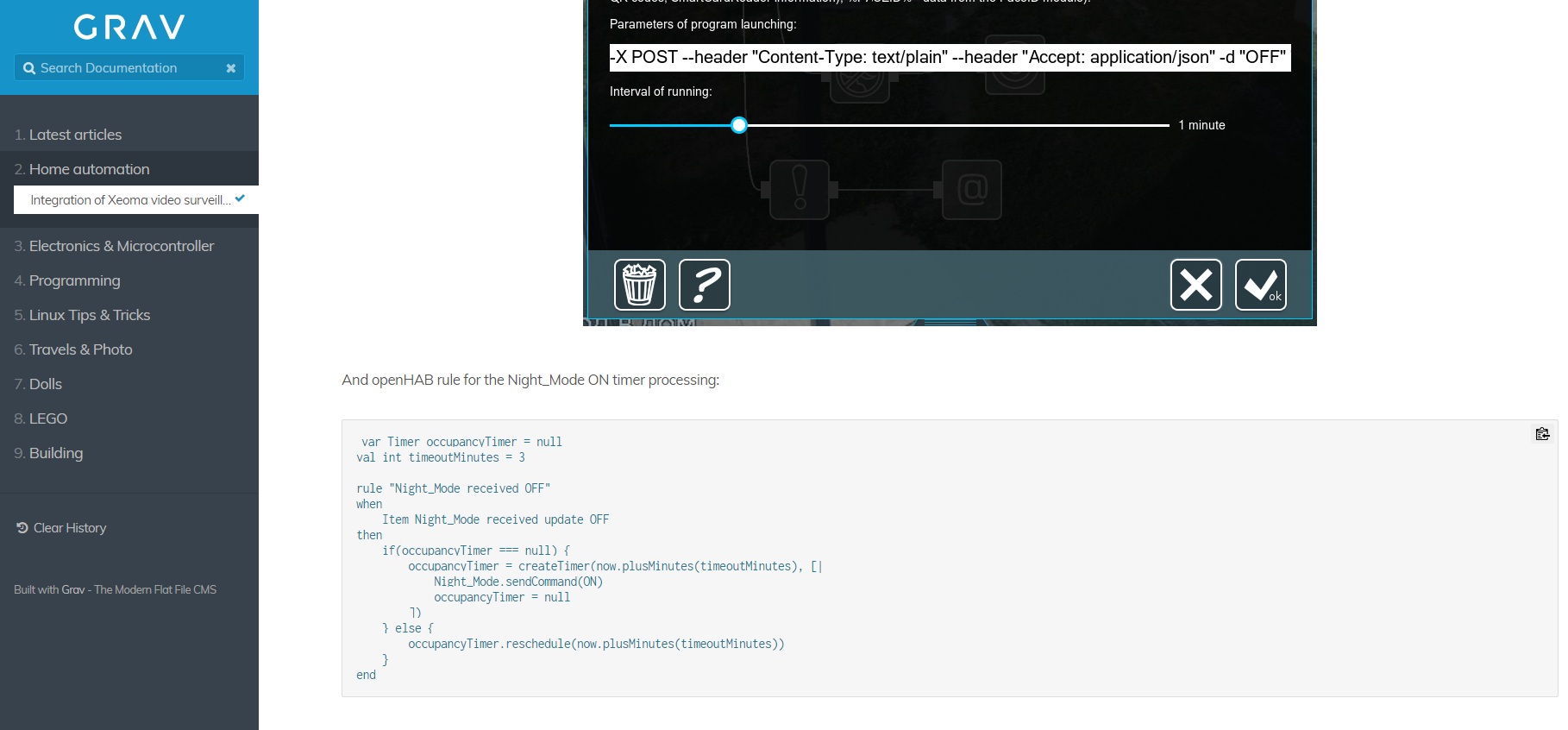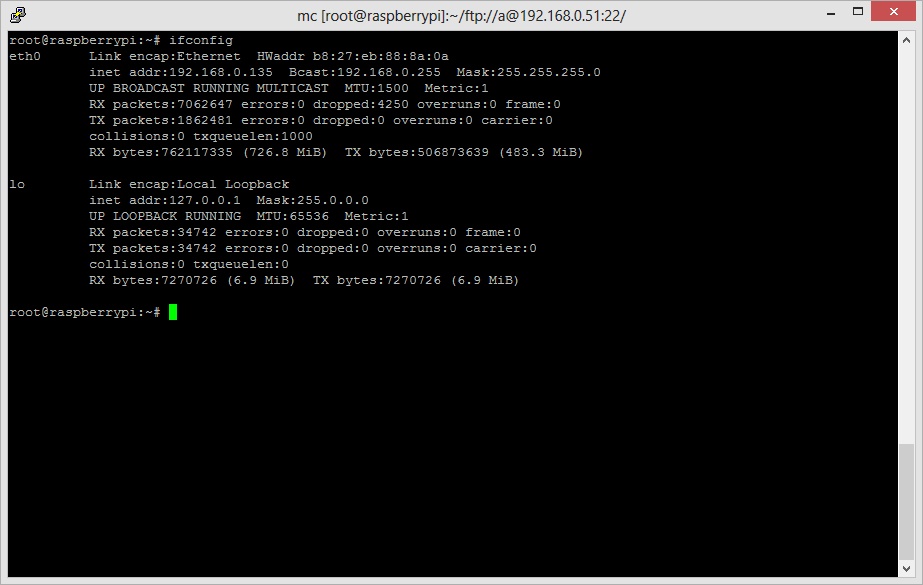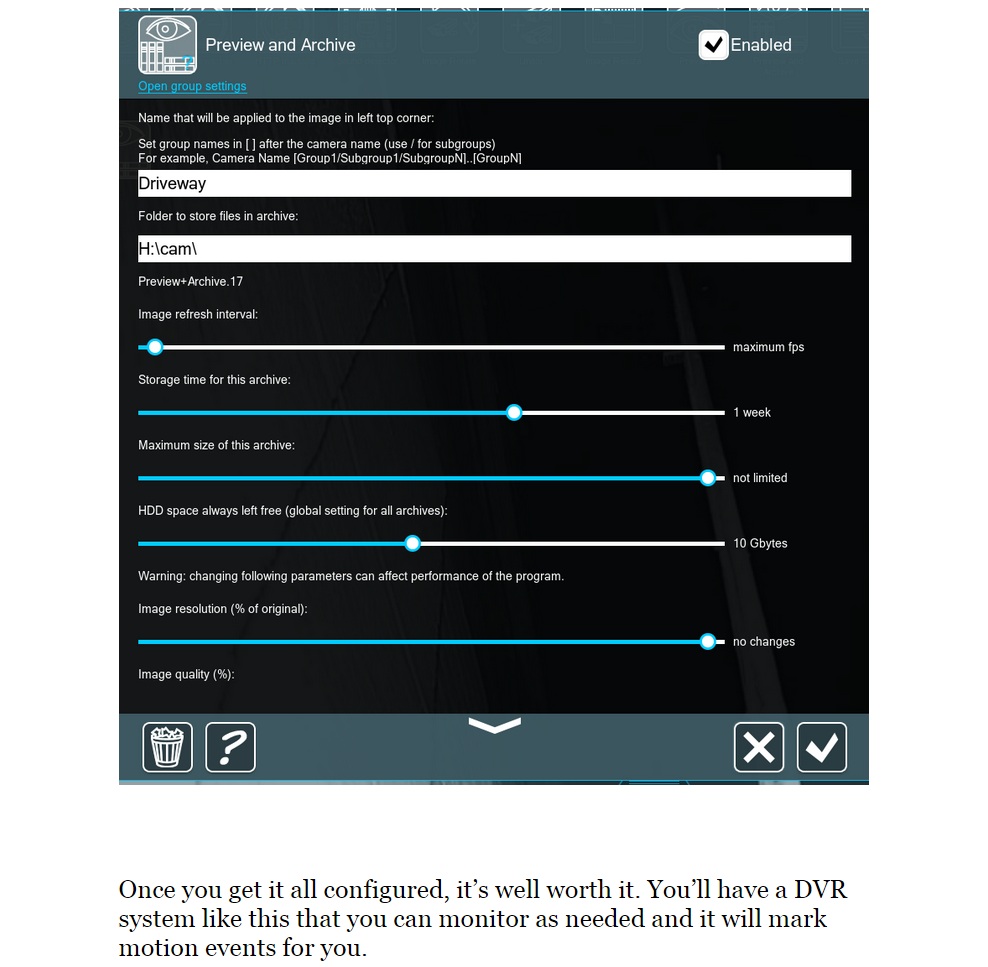

ISpy, BlueIris) by using the default TCP (or Auto) settings.
#Xeoma connect to dvr software#
These problems also occur when we connect network cameras to the video management software (e.g. When connecting security cameras to the NVR via ONVIF protocol, the NVR will use the default TCP/IP protocol, which therefore causes video lag, video choppy/jerky and video loss problems. For real-time video streaming, we should use the UDP protocol because it can deliver smooth video and require less processing. UDP is the right choice for data that require real-time transmission with low overhead and less processing. TCP should be used for information that needs reliability sequence transmission and data integrity.

UDP protocol keeps sending the real-time data ignore the data confirmation or packet loss. It consists of fewer fields compared to TCP. UDP protocol on the other hand is a connectionless protocol. Before sending the data, TCP will break down a stream of bytes into segments and reconnecting them at the other end, retransmitting lost packets and also organizing the segments in the correct order. TCP is connection-oriented in the sense that prior to transmission end points need to establish a connection first.

TCP/IP is a two-layer program, one layer (referred as higher layer) manages the assembling of a message or file into smaller packets that are transmitted over the network/Internet, the other layer (also referred as lower layer) handles the address part of each packet so that it gets to the correct destination. To explain this, we need to know what are differences between them. Why UDP protocol is better than TCP/IP for IP cameras? Unfortunately, based on my experience, most video management software/clients and NVRs use the TCP/IP to communicate with network cameras by default. No matter we connect the cameras to the computer or NVR, we should use the UDP protocol, rather than using TCP/IP. In most cases, if we encounter this problem, we can fix it by changing network protocol. Video is jerky/choppy or even video loss is one of the most common problems. Although the suppliers declare their network cameras are easy to use because the adoption of new technologies such as WPS, P2P, some people still encounter many problems to use them. They become part of home appliances and they are useful tools can secure our home, monitor our kids or pets. Network cameras are prevailing in today's video surveillance market. Usually, we can solve the most network problems by doing this. TCP/IP and UDP are two primary network protocols, we are quite familiar with the TCP/IP because if we encounter any network problems on our computers, we tend to tweak the settings of TCP/IP protocol. Network protocol is the base for the data exchanging among network devices.


 0 kommentar(er)
0 kommentar(er)
